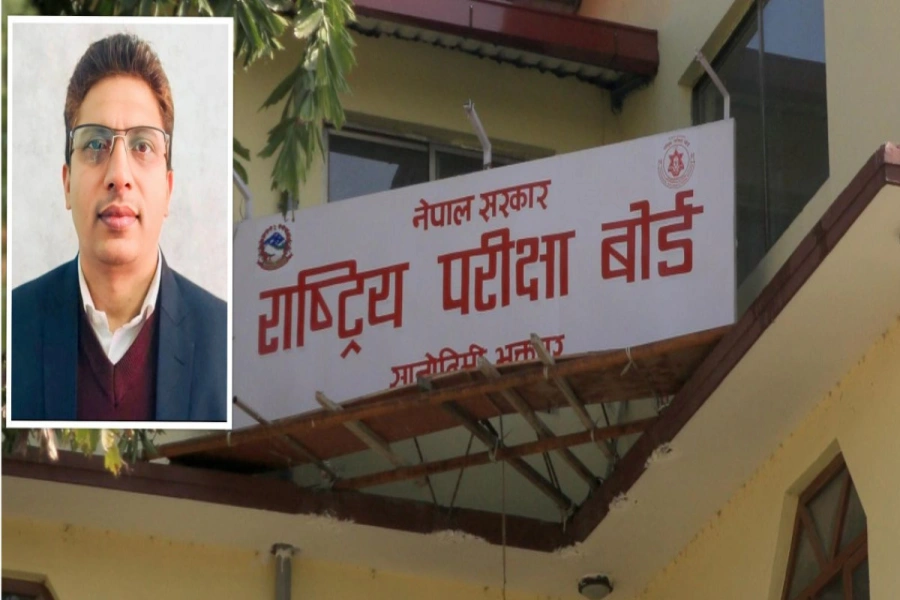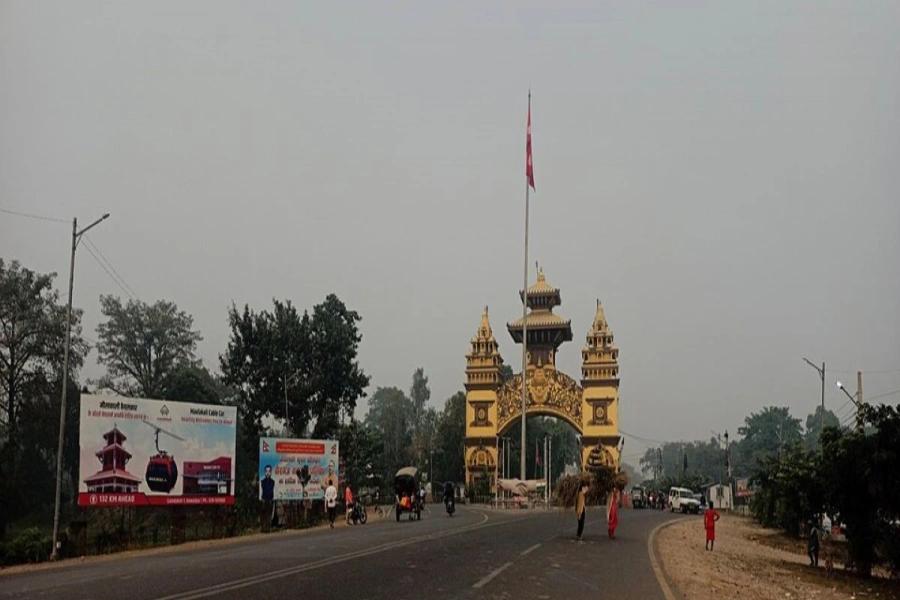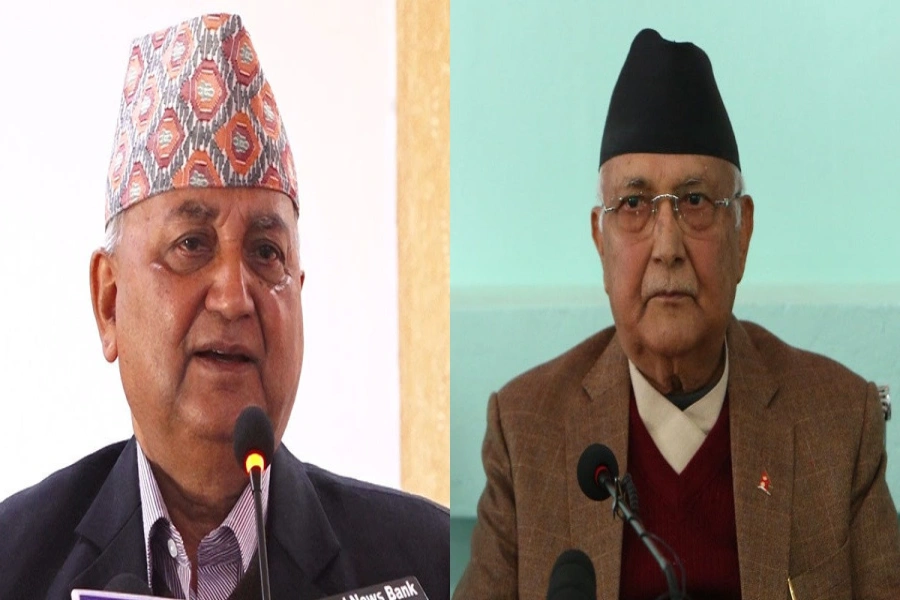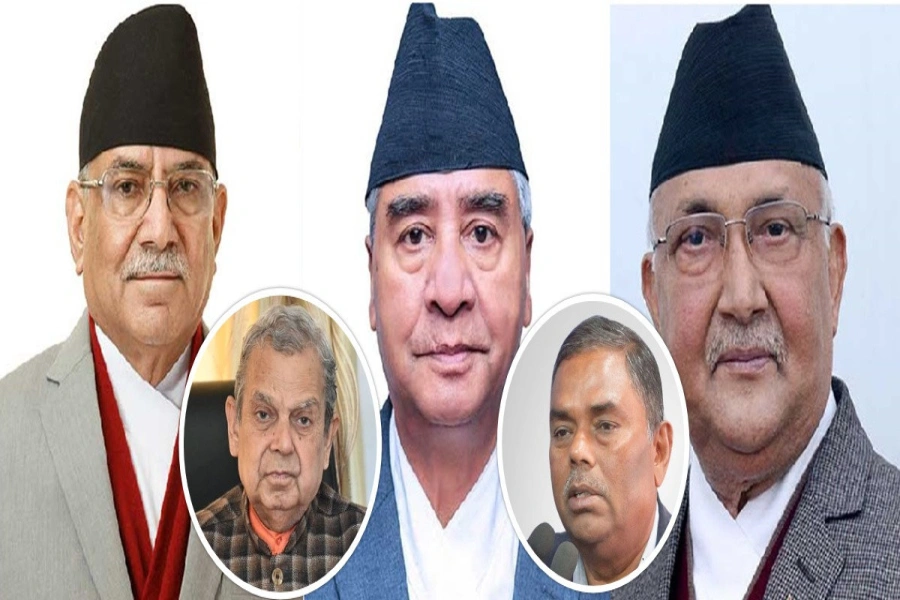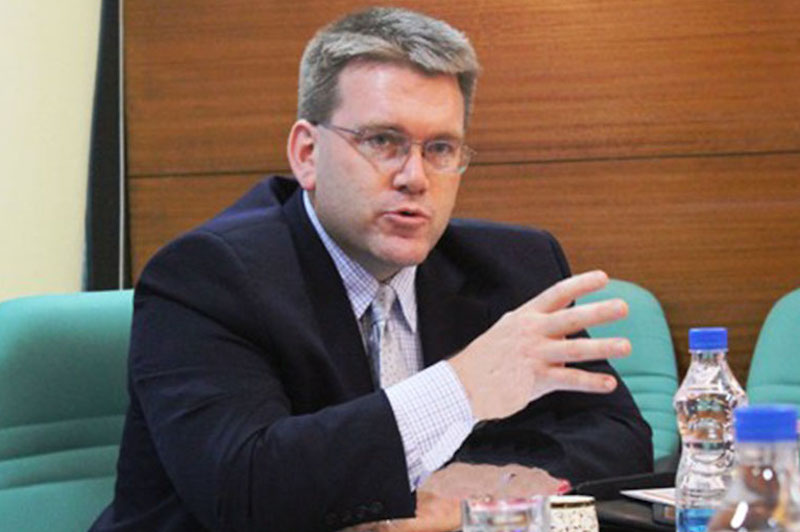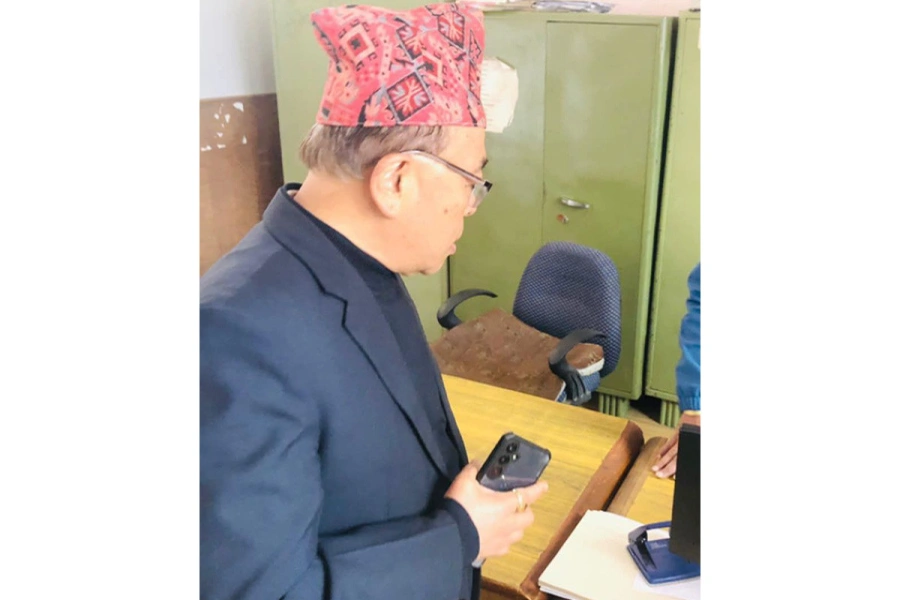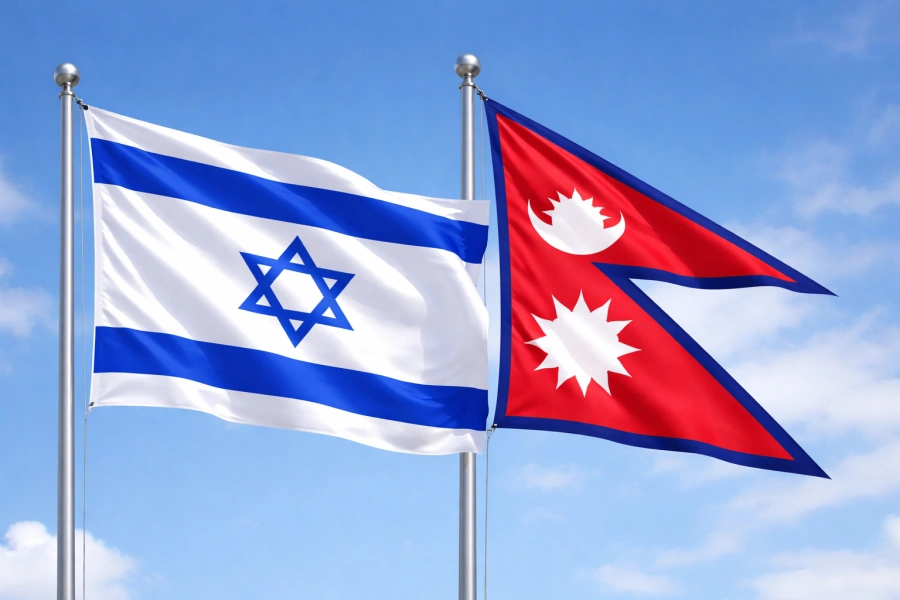In one early announcement of this year’s budget on May 30, Finance Minister Yuvraj Khatiwada said that growth target has been set at 8.5 percent for the year and it will ensue from a number of growth inducing schemes introduced with the new budget and will be supported by a record Rs.1.53 trillion spending allocation, which is one third of total economy.
Rising prosperity of the country will make it possible for government to reward its half a million employees—civil and security officials—with substantial rise in salaries at an average of over 20 percent from the last fiscal year 2018/19. Government officials have not been given a raise for the past two years which means the annual increase of just 10 percent but this still is almost double the projected inflation rate of six percent, showing a significant increase in real term.
Data speak
There is every reason for the government employees to celebrate the scaling up of their salaries but they haven’t noticed that their salaries have remained unchanged for the past several years—even over decades, if measured in real terms—after making adjustments for price increases. Almost the unchanged level of government salaries over the past 50-year period would seem quite troubling for anyone who tracks the long-term path of the economy but the data show that to be the case.
Long-term data from 1962 through 2019 presented in the accompanying table tells the story.
Government, in its policy pronouncements, regularly presents data giving evidence of a high flying economy, excelling in its past achievements with robust outlook over the next some years. However, the focus of such periodic assessments has been a very short-term profile of the economy extending three to four years but it seldom takes into account the economy’s long-term trends which are what matters most for tracking the economy’s performance over long periods.
Unfortunately, long-term data are difficult to find in consistent series that can more accurately trace the path of the economy over the long-term. This leaves the international data sources to fill the gap but they also lack key data series on output, employment, prices, and international transactions.
The main growth data used in the table relate to per capita income in US dollar which, adjusted for price changes, gets us comparable per capita income series data in real terms, a piece of key information for making an assessment of economic growth over long periods and seeing if actual growth has matched or exceeded population growth.
Salaries and allowances of Speaker, Deputy Speaker withheld unt...

Adjusting per capita income data in current US dollar term by making use of US CPI series shows Nepal’s per capita income expressed at 1962 prices increasing from about 100 USD in 1962 to 124 USD in 2019, an increase of 24 percent over this long 57-year period. Expressed as annual percentage rate, it shows less than half a percent growth per annum in real per capita term, which is equivalent to no growth at all. This finding is in sharp contrast with government’s projection of six or higher percent growth in all of its budget and plan documents, for as long as these documents have been in use in government’s data sources.
Even if we discount government’s projected total growth of six percent exceeding two percent annual growth in population, this will imply just four percent annual growth in real per capita income but that rate of growth would still make enormous difference in the country’s prosperity over long periods. In the present case citing a 57-year period, real per capita income would have increased by nine-fold, and, more surprisingly, the total economy by 28-fold growing at six percent rate!
Such is the power of compounded growth sustained over long periods of time. The truth, however, has been that Nepal’s economy hasn’t grown at all over the past several decades if measured in terms of real per capita income growth.
The country’s no-growth scenario is exhibited in almost all of the key statistics that could affect social welfare, including its impact on government salaries. Analysis presented in the table shows average salaries measured in price adjusted terms declining by a third from 1962 to 2019, which is consistent with the expected outcome in a non-growing economy.
This is also obvious if we compare the average salary of NRs 478 in 1962 with the average salary of Rs 38, 500 in 2019—both measured at current market prices. This yields an increase by 80 times in average salary levels over the 57-year period since 1962. However, adjusting these salary levels by the rise in average prices over this period—almost by 100 times—the estimate shows loss by a fifth in real terms.
The logic of 100 times increase in domestic prices since 1962 is consistent with the increase we see in the prices of consumer items in daily use. For example, Gorkhapatra was priced at 5 paisa in 1962 which now is sold at 10 rupees. A cup of tea, which then cost 10 paisa, is over Rs 20 now. We can get to the 100 times increase in domestic prices since 1962 using some simple economic data.
Exchange rate of Nepali rupee has moved from Rs.7.50 per US dollar in 1962 to Rs 110 currently, which is a 15 times depreciation. Further, purchasing power of US dollar is much less now than in 1962. Combining the nominal exchange rate depreciation of NRs and the loss of purchasing power of US dollar at market prices makes the current prices in Nepal 120 times higher compared with 1962, much above the 100 times increase.
Options to explore
Now that Nepal has experienced a no-growth economy over the past 50-60 years, one easy option will be to rent out the economy to one or more of the creative nations—such as Korea, Singapore, Chile, Malaysia etc—that have succeeded in achieving transformation of their economies at a rapid pace and let them make laws, implement regulations, allocate development funding, and supervise implementation.
The simple message is that if we can’t do it ourselves, it will be wise to assign this responsibility to those who have worked to lift their troubled economies and have succeeded at it by leading their economies to tremendous transformation. However, for the fear of compromising sovereignty and earning some degree of shame, we need to look at some other options.
One such option can be to establish something like an Economic Surveillance Commission (ESC), accountable only to the parliament to ensure its independent judgment, very much like the Congressional Budget Office (CBO) in the US that is shielded from political pressures. We can staff this commission with, say seven experts, at least three of them foreign. Nepal government will pay these seven experts international salaries and they will stay in the job during the tenure of parliament.
Government can economize on staffing this new layer of bureaucracy by doing away with the National Planning Commission (NPC) that now employs hundreds of staff with upward of a billion rupees spending budget. It did have some usefulness way back in the past when a socialized economy on Soviet model had become an international craze but this model has been fast disappearing since the fall of communism in the 1990s.
India abolished its Planning Commission soon after Narendra Modi’s government came to power in 2014. This was consistent with India’s tilt toward a market economy. Nepal needs to start with getting rid of the NPC and setting up, in its place, a new structure to upgrade its economic administration starting with one independent agency like the ESC. This sort of transformation would give a new life to Nepal’s moribund economy that, as until now, looks to be in permanent stagnation.
The author served as the senior economist at IMF in Washington DC
sshah1983@hotmail.com




